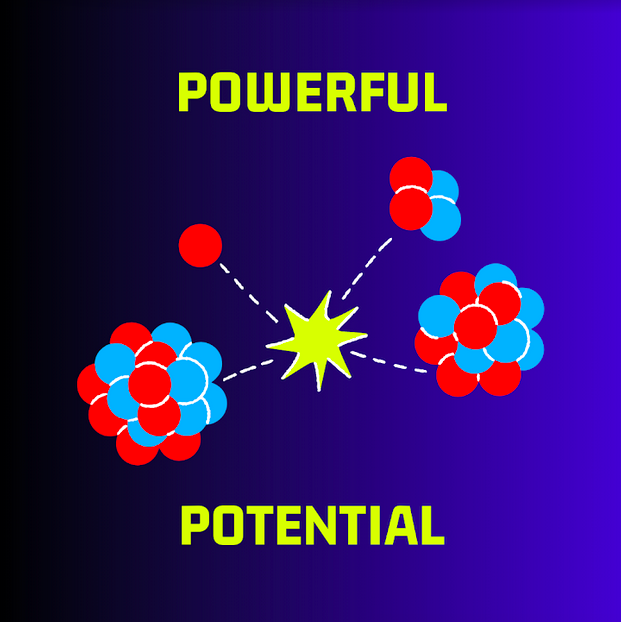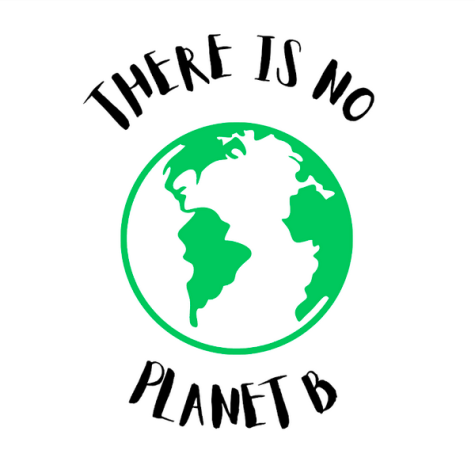Nuclear Fusion & the Green Energy Movement
As of December 2022, the impossible has become a (future) possible!
Nuclear fusion is one of the only sources of energy that requires less power than it generates, leading it to be the future of “green” energy.
The Department of Energy announced an experiment at Lawrence Livermore National Laboratory in California was successful in creating net energy (more energy out than in), the first to achieve this feat in the history of humankind. While the Sun carries out nuclear fusion daily to provide itself energy, it has been a near impossible concept for scientists here on Earth.
Fusion is a long way away from being used to power our neighborhoods and cities, but this breakthrough could lead to the next generation of energy production and consumption. Until we get that figured out, below are the best forms of energy in terms of net energy and “green” characteristics:
- Solar energy: This option, while heavily dependent on environmental conditions such as weather and time of year, is able to capture our planet’s most abundant source of energy – the Sun!
- Hydroelectric energy: The Hoover Dam is an amazing example of this! On average, this dam generates about 4 billion kilowatt-hours of energy each year – this is enough to serve the 8 million residents of Nevada, Arizona, and southern California
- Geothermal energy: Heat beneath the Earth’s surface can heat homes directly or be used to generate electricity
- Wind energy: Considered one of the “cleanest” forms of energy, wind powers turbines that power our grids across the globe
- Nuclear energy in the form of fission: This form uses Uranium-235 to generate reactions, but can be wasteful because of the nonrenewable resource that cannot be recycled. While this form of energy is technically considered clean because of its zero-emissions, its waste products must also be taken into consideration
What is the difference between renewable and zero-carbon energy?
Renewable energy is a more sustainable option, as it is essentially “endless” and will never run out. Zero-carbon energy, in contrast, is not considered to be renewable but generates low to no levels of carbon dioxide.
Nuclear fusion, as opposed to fission, is completely renewable. As two nuclei collide to form a singular nucleus, energy is released. Since we will never run out of atomic nuclei to collide, this form is the most promising form of renewable energetics yet!
Swapping out harmful forms of energy, such as the burning of fossil fuels that account for 80% of our world’s energy, is not an easy process. While science advances and we are able to find newer, cleaner, and greener ways to generate energy, other forms will have to be phased out slowly.
Green energy, such as solar and wind, are dependent on their location, the weather and resources, such as batteries and turbines, may not be the best option for all around the globe. With the introduction and continuation of research on nuclear fusion, green energy could become the new normal.












yousef • Mar 29, 2023 at 10:04 AM
huge fan of nuclear fusion. I think a huge issue is the current incentive structure surrounding research. Right now nuclear research is funded by grants by the DOE in combination with private interests (someone simliar to DTE for ex). There is no incentive structure to make a functional reactor because the grant gravy train focuses on research (as it has for decades). their isnt an economic incentive to for a corporation to invest in the construction of a nuclear fusion reactor as it is a huge risk but the grants to research the tech is guaranteed.
i think the USPTO in conjunction with the DOE need to start some type of competitive bidding process with a huge cash prize and exclusive licensing rights to the tech for decades to come.
HARNESS THE POWER OF THE SUN!